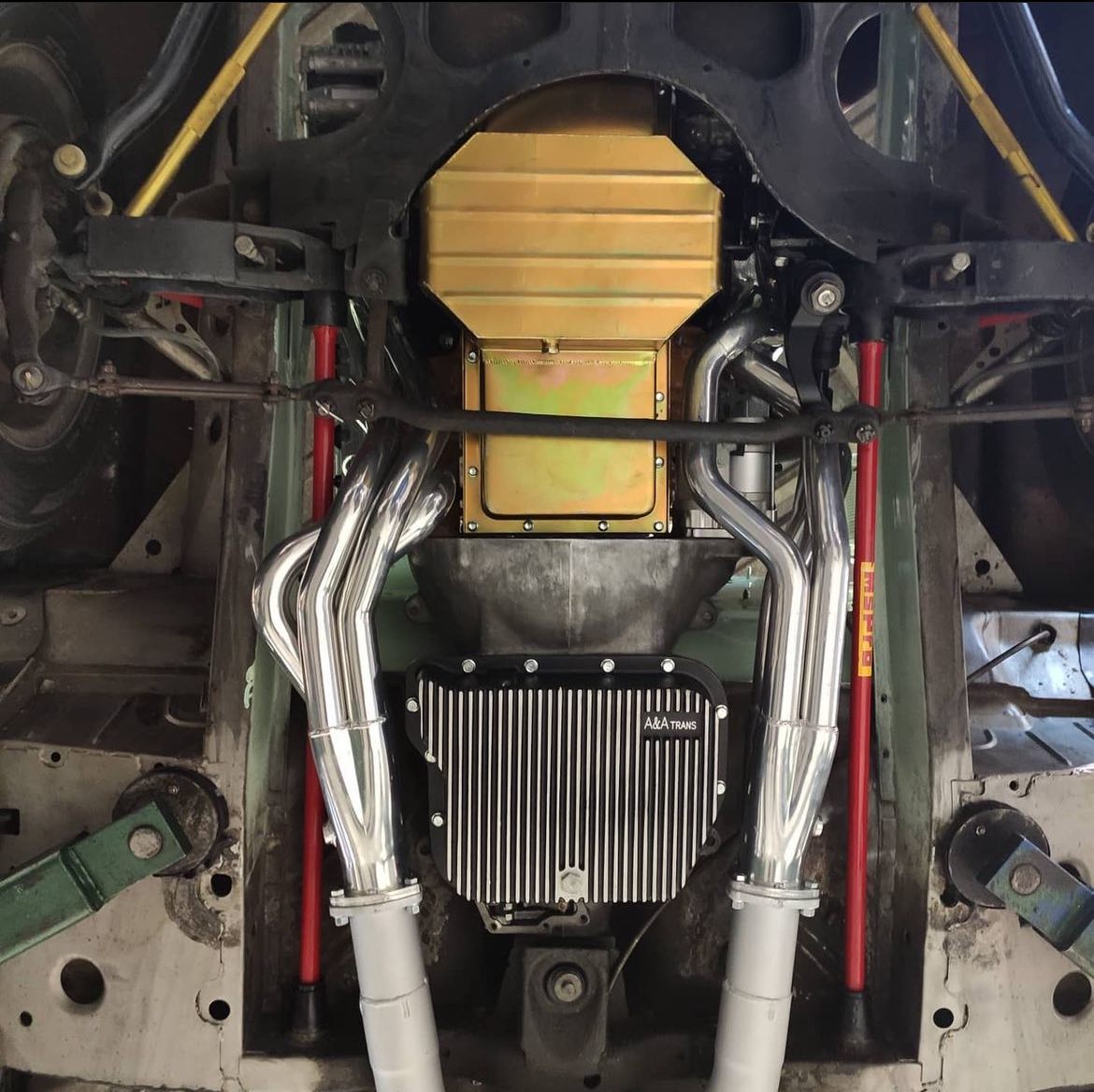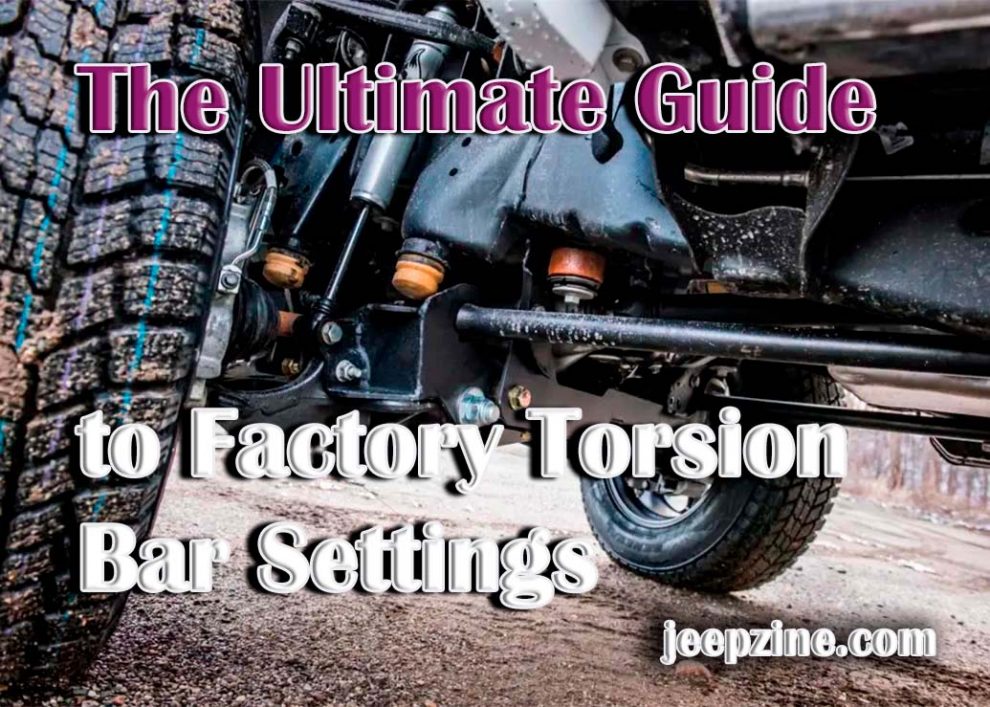In today’s industrial world, the importance of understanding machinery and its components cannot be overemphasized. Torsion bars, for instance, have become an essential part of the automotive and manufacturing industry. However, achieving their correct configuration continues to be a challenging endeavor for numerous technicians and engineers. This guide is designed to illuminate the complexities associated with factory torsion bar configurations.
As we delve into this comprehensive guide, we’ll explore different aspects of this critical component: its function, setup process, adjustment techniques, common mistakes to avoid and ways to maximize its performance. Whether you’re a seasoned engineer seeking to refresh your knowledge or a novice hoping to expand your technical prowess in automobile mechanics or industrial manufacturing systems – this guide should serve as a valuable resource in mastering factory torsion bar settings.
Functionality of Factory Torsion Bar Settings

While factory torsion bar settings are optimized for general use, there are circumstances where adjustments or modifications might be desired. For instance, how to remove a torsion bar becomes relevant when aiming to alter the vehicle’s ground clearance, improve handling for off-road conditions, or customize the suspension setup for performance driving.
Adjusting these settings can modify the vehicle’s ground clearance and handling characteristics, allowing for customization to suit different driving conditions or personal preferences. Understanding the functionality of factory torsion bar settings is crucial for any adjustments or modifications, ensuring that changes enhance rather than compromise vehicle performance and safety.
How to Adjust Factory Torsion Bar Settings
Adjusting factory torsion bar settings requires precision and an understanding of your vehicle’s suspension mechanics. It’s a process that can improve ground clearance and handling, especially in vehicles frequently used for off-roading or carrying heavy loads. To begin, ensure your vehicle is safely elevated and supported. Locate the torsion bar adjustment bolts, typically found near the front suspension. Using a torsion bar tool or similar, you can adjust these bolts to increase or decrease the tension.
It’s vital to make adjustments in small increments, checking the vehicle’s ride height and alignment after each change. Remember to adjust both sides equally to maintain balance. After adjustment, a test drive and potentially a professional alignment check are recommended to ensure the vehicle handles correctly. For those looking to further enhance their off-road capabilities, especially Jeep Renegade owners, best Jeep Renegade lift kit options can provide additional ground clearance and improved suspension performance.
Conclusion
In conclusion, understanding and adjusting factory torsion bar settings is a key aspect of vehicle maintenance and customization. These settings play a crucial role in defining a vehicle’s suspension characteristics, affecting ride quality, handling, and stability. By mastering torsion bar adjustments, vehicle owners can fine-tune their ride to suit specific needs, whether for improved off-road capability, better load handling, or simply to achieve a desired stance. It’s important to approach adjustments with care and precision, as improper settings can lead to handling issues or increased wear on suspension components. With this guide, enthusiasts and everyday drivers alike are equipped with the knowledge to make informed decisions about their vehicle’s torsion bar settings, enhancing their driving experience while maintaining safety and reliability.

